The Melbourne-based artist works at the intersection of art and architecture. In a new exhibition at MAGMA Galleries, he turns his focus on urban space and agency to a smaller scale.
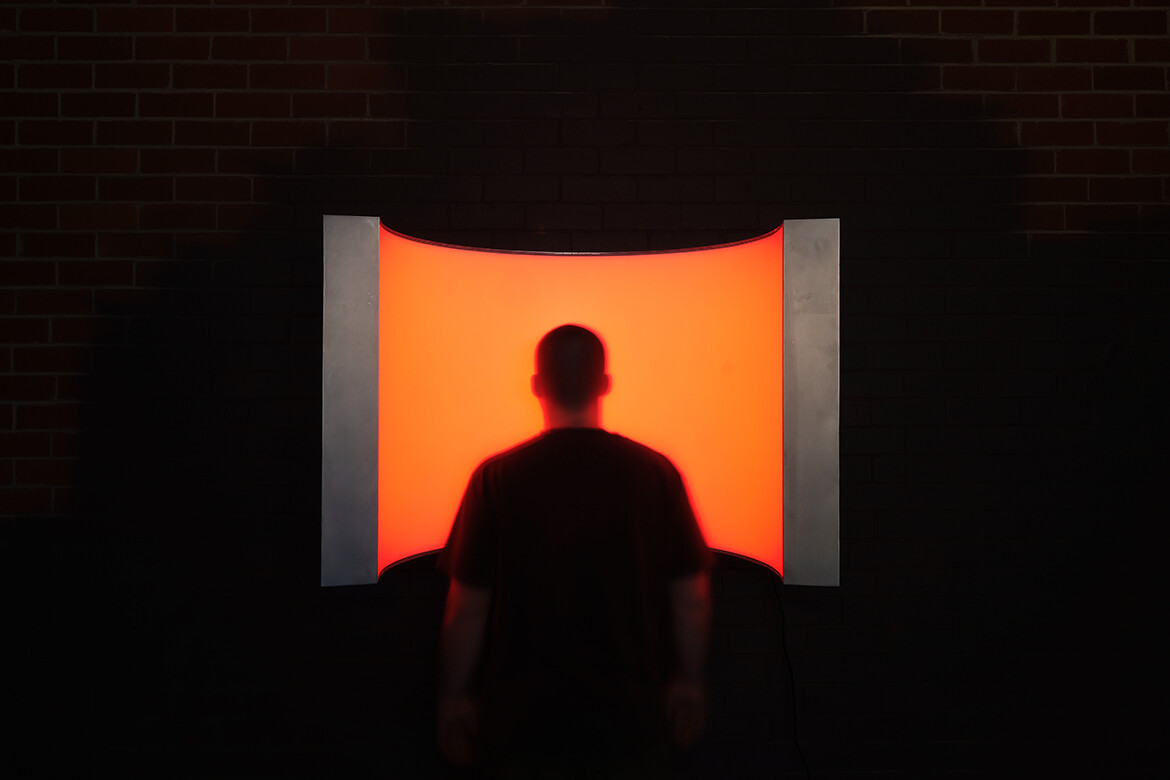
‘Abyss’, 2025, 67 x 113 x 80cm, aluminium, LED lighting, illuminating membrane, photography by Studio Drez
July 3rd, 2025
Freeways are not the most thrilling of urban spaces. They are repetitive. They are bleak. They are, nevertheless, necessary to get you quickly from point A to point B. However, should you drive along a section of Melbourne’s Princes Freeway, flashes of purples, greens, yellows and blues in your periphery might jolt you out of the mundanity. Look closer and you’ll see huge 11-metre vertical strips of colour in different gradating tones and shades painted along a 230-metre aluminium wall. Their presence on the industrial building transforms it. Depending on your speed, the colours might blur into each other in an optical illusion or be legible as distinct areas of colour. Either way, after seeing this monumental mural, you might feel a little more curious. Why is it there? Who painted it? What is it about?
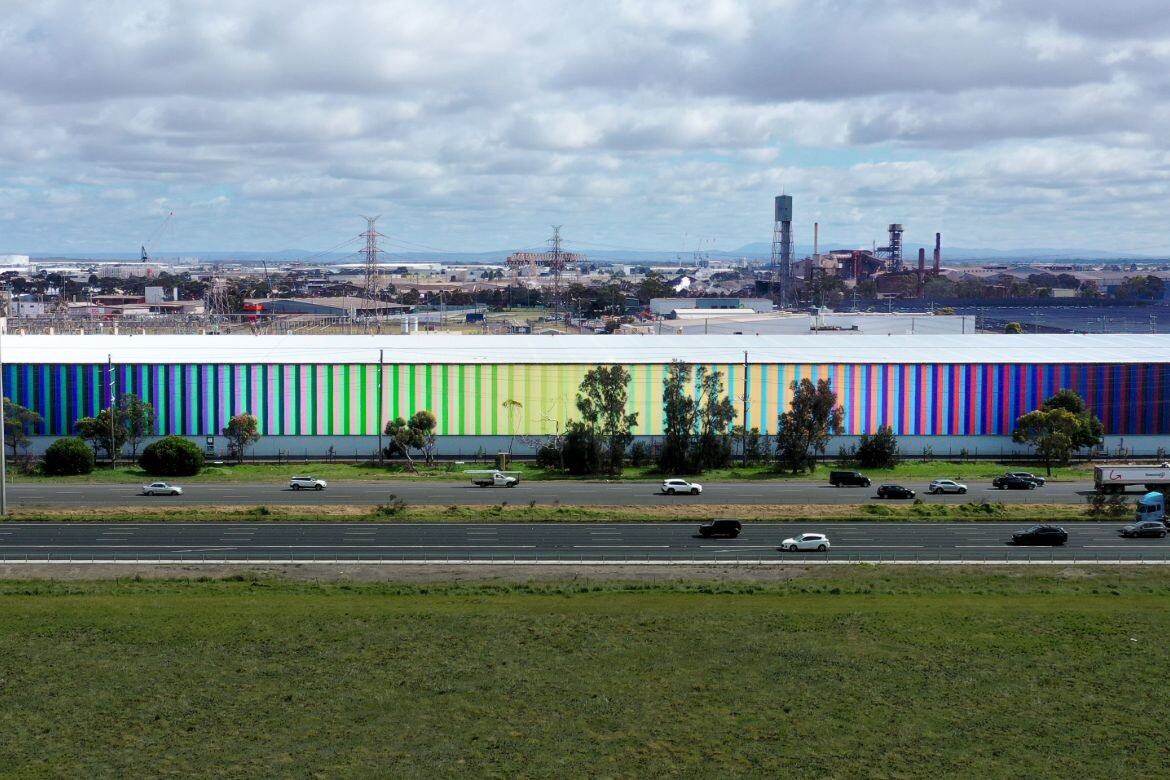
Most commuters who pass it will never know these answers. But dig deeper and you’ll discover that this aptly titled mural ‘Chromatic Oscillation’ was created in 2024 by Melbourne-based artist Drez, known for large-scale abstract artworks that interact with architecture.
“I like to focus on the unexpected in the everyday,” says Drez. “Doing large-scale pieces that respond to and engage with architecture shifts how both architecture and entire environments are experienced.” He wants us to see cities, streets and buildings anew – to be present in these spaces and feel empowered to occupy and shape them.
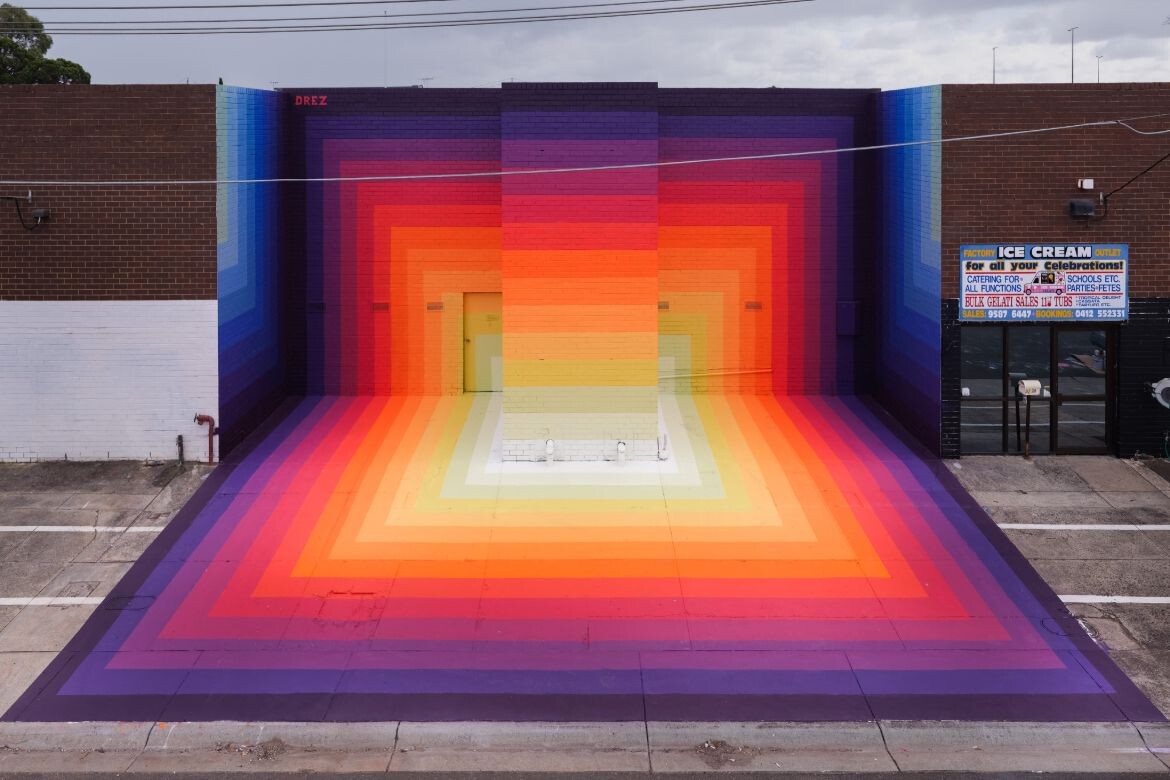
“It’s easy to get swept up in everyday life and routines, doing things you’re prescribed to do. I’m trying to draw back from that and give viewers personal intimacy and a sense of agency,” says Drez, who uses colour, optical illusions and repetition at monumental scales to achieve this.
Drez’s focus on large-scale murals, however, is relatively recent. He began his trajectory of painting on buildings as a 16-year-old graffiti artist, then taught himself graphic design for the music industry creating posters, album covers and international launches. It wasn’t until COVID-19 dried up opportunities in the latter that he turned his attention to architecture.
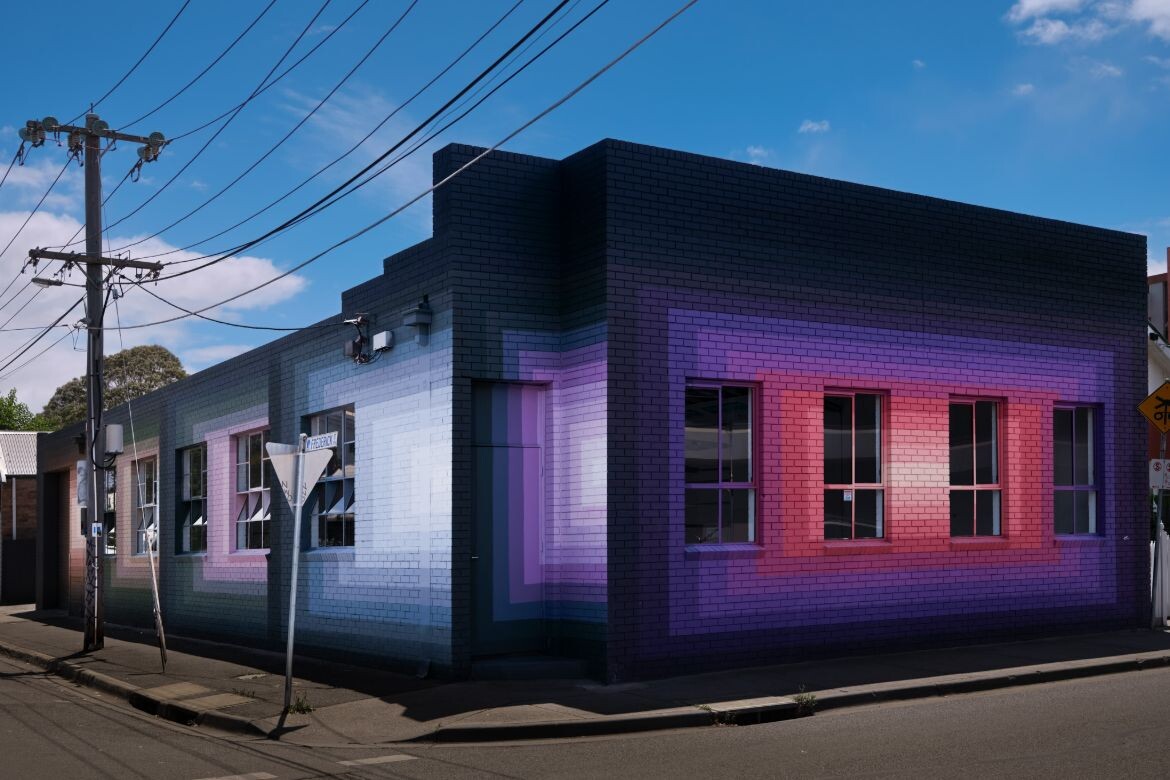
“Around that time I started shifting what I was painting on walls, totally removing the letter structure of graffiti to work in an abstract manner.” He developed a process that “responded to the forms of walls.”
It involved painting a band of colour following the outer edges of a wall and then working inwards in concentric rectangles of colour and “seeing where that ended up.” The results are striking abstract artworks that create a sense of depth on a flat surface.
Related: AI, Tokyo and Metabolism
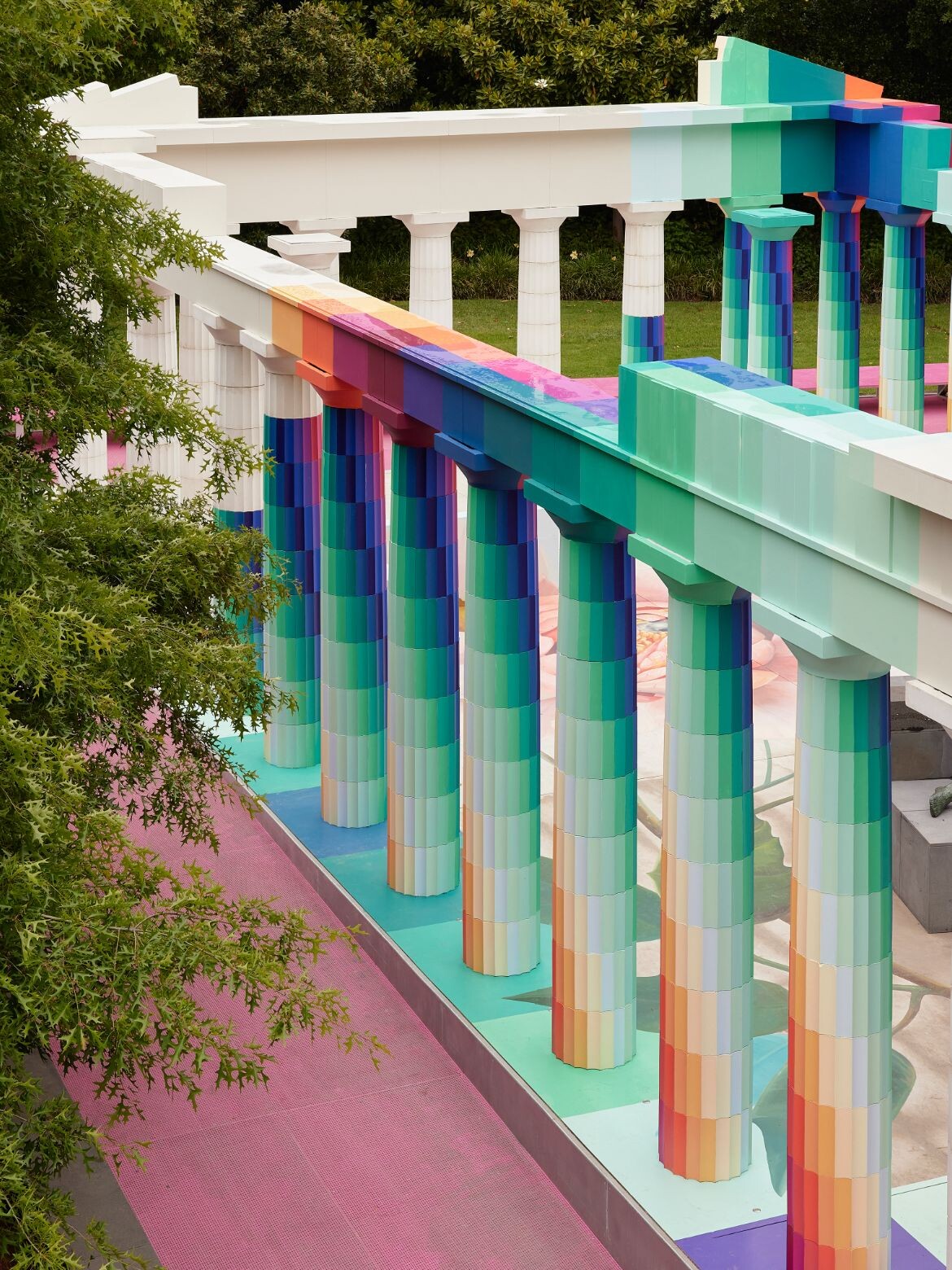
Over the past five years, Drez has pushed this process in new directions, undertaking many commissions including painting the NGV’s 2022 Architectural commission ‘Temple of Boom’; designing a Porsche’s exterior; a mural at Parliament St Station; and a series of colourful interventions on bollards and signal boxes in St Kilda that have transformed the experience of the once-grey Acland St.
Chromatic Oscillation, however, is by far his most monumental mural. He comments: “It was awesome to put an abstract piece on such a monumental scale because quite often large-scale murals and street art depict figurative things like local wildlife or local people.” He believes his mural will allow a broader audience to be exposed to and engage with contemporary abstract art, although adds that he hopes that “people enjoy it whether they get it or not – without understanding any of the conceptual stuff or the intersection of architecture and art.”
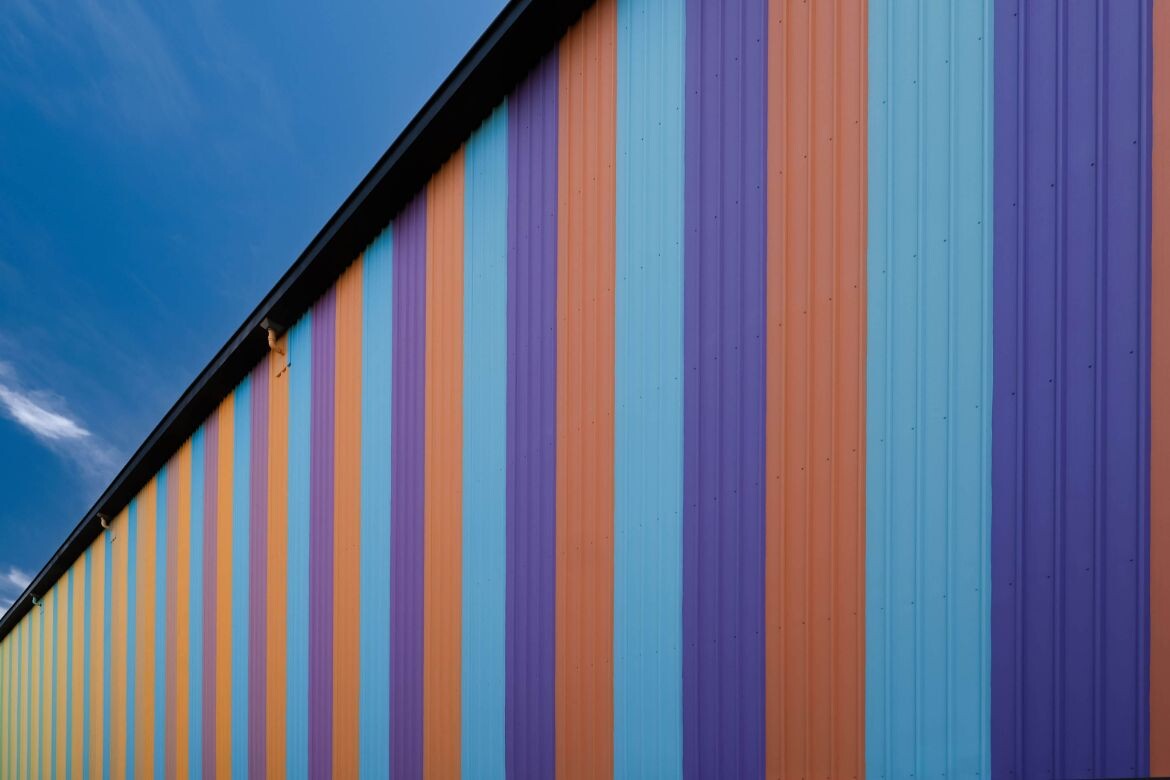
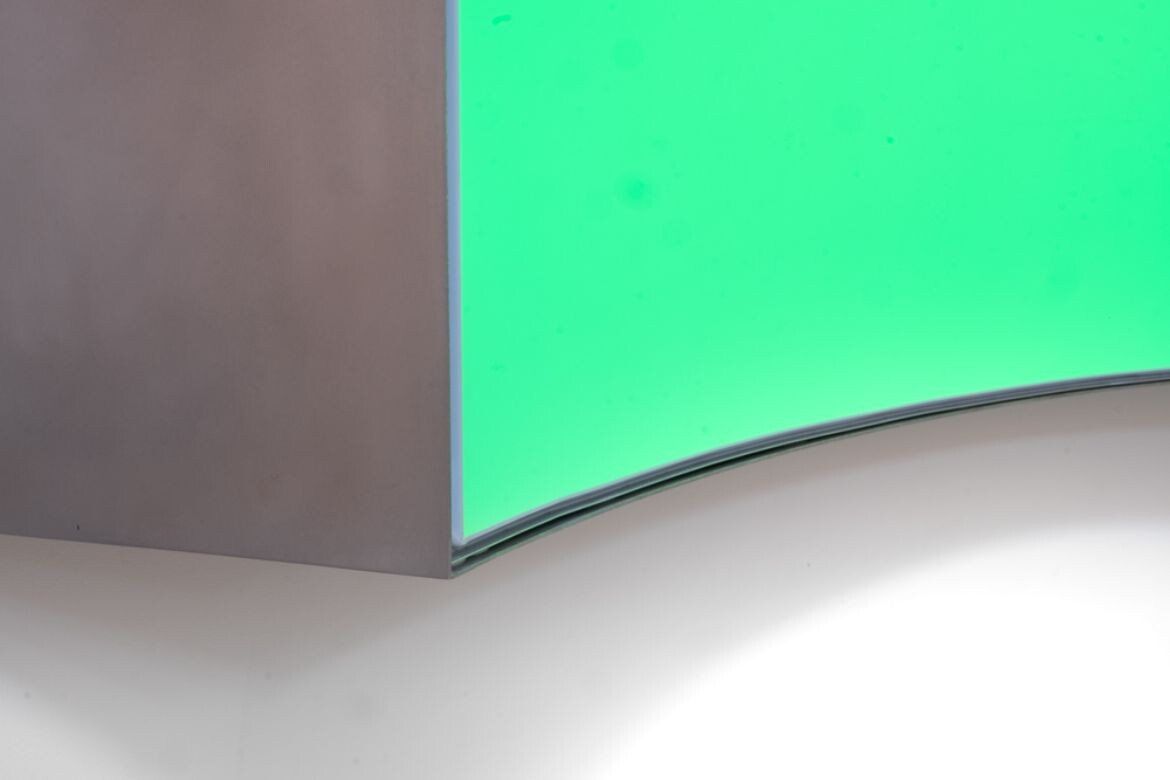
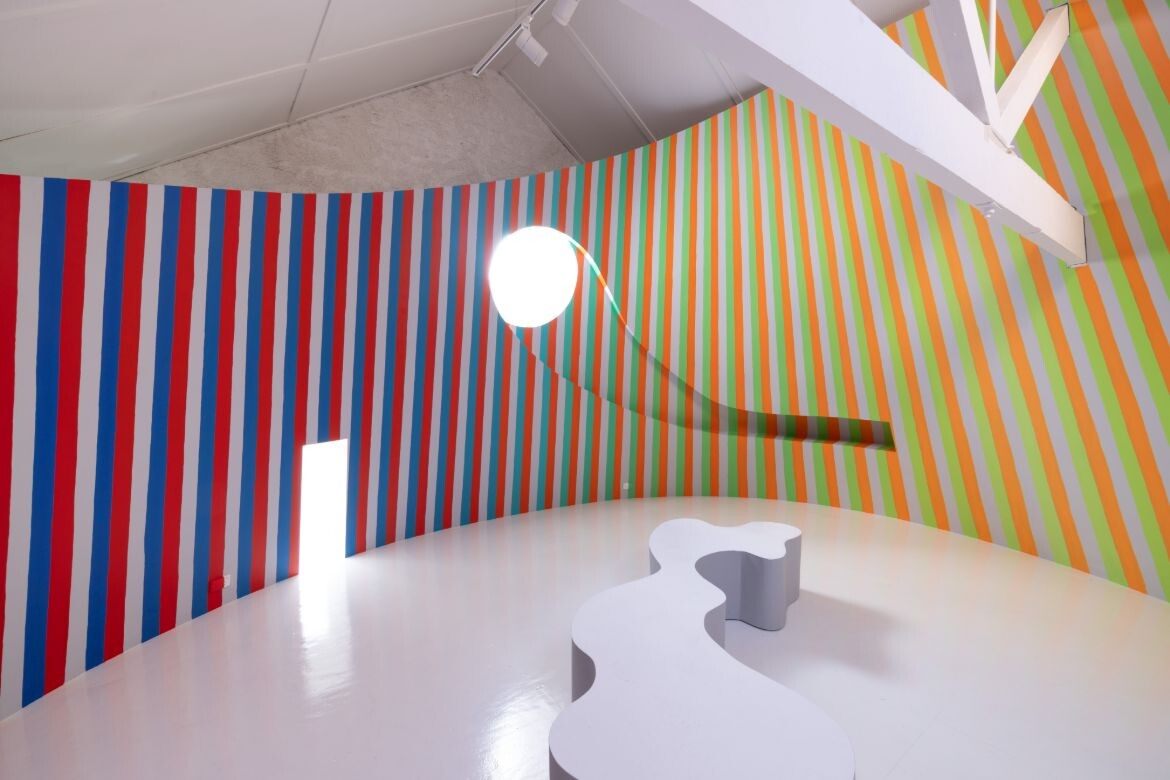
Although Drez is best known for his public works, he also works on smaller-scale works that explore more intimate, individual methods for changing viewer’s perceptions. His new exhibition Saturation Point at MAGMA Galleries (27th June – 27th July) marks his most recent exploration of this idea.
The exhibition features curved wall-mounted lights that create private booths of bright light. Viewers stand in the light for 90 seconds until their vision reaches saturation point, then turn to look at Drez’s paintings in the room, which suddenly appear to change colour. “It’s about the interaction of light with your eyes – how you optical receive it – and the effect of the after image,” explains Drez. “The works centre the viewer’s experience and highlight their agency to interact or engage, to move around and be a part of that work.”
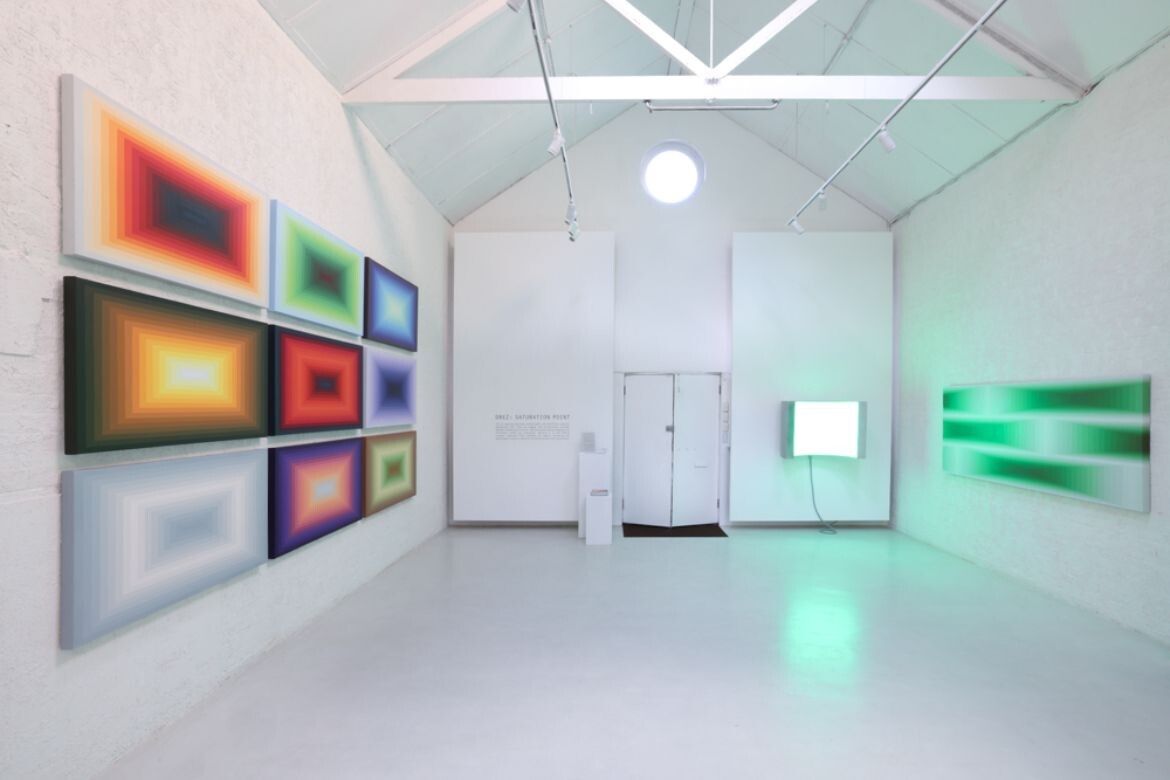
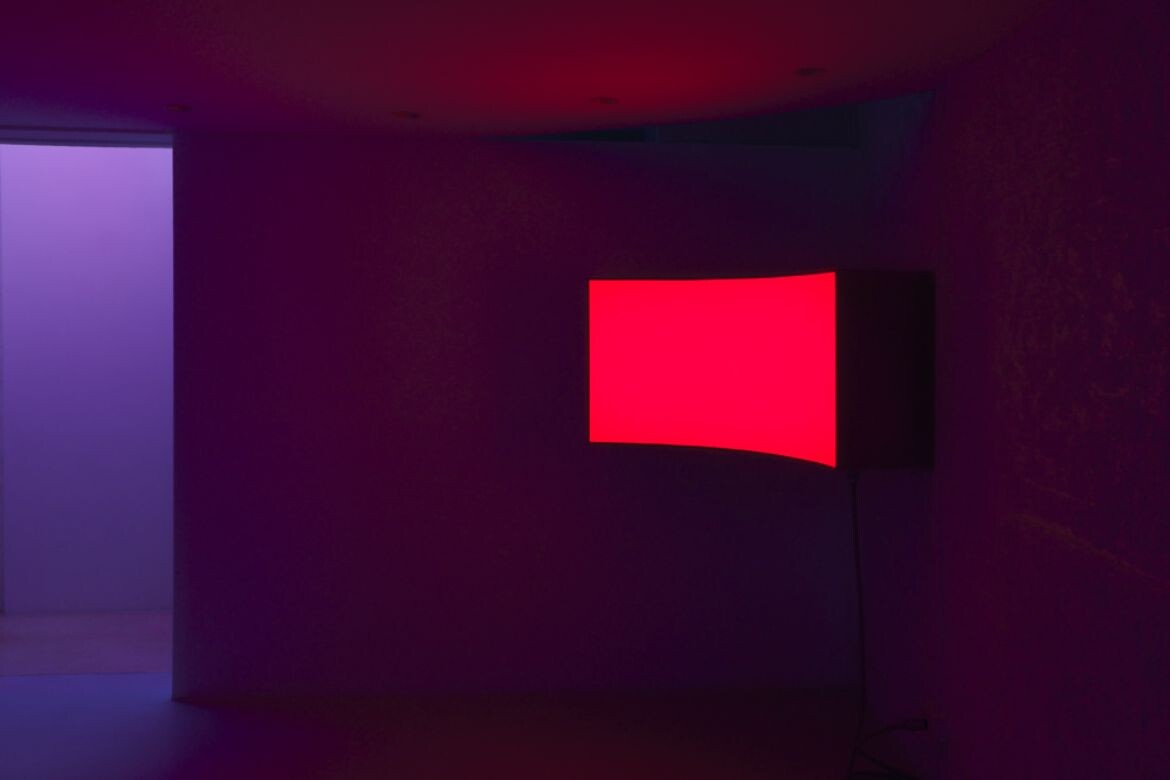
Whether working at large or small scales, Drez “wants the artwork and the experience of it to be front and centre. I’m definitely not interested in trying to sell the work by my personality.” As such, he maintains anonymity, appearing only with his face covered and using his graffiti name from his teens. In an age of social media, he feels personality and platforming often overshadow the art itself.
While anonymity is easier to achieve on a freeway than in a gallery, this decision reveals Drez’s thoughtfulness about how we each interact with the world and how we can deliberately – and with agency – begin to shift this.
Drez at MAGMA Galleries
magmagalleries.com
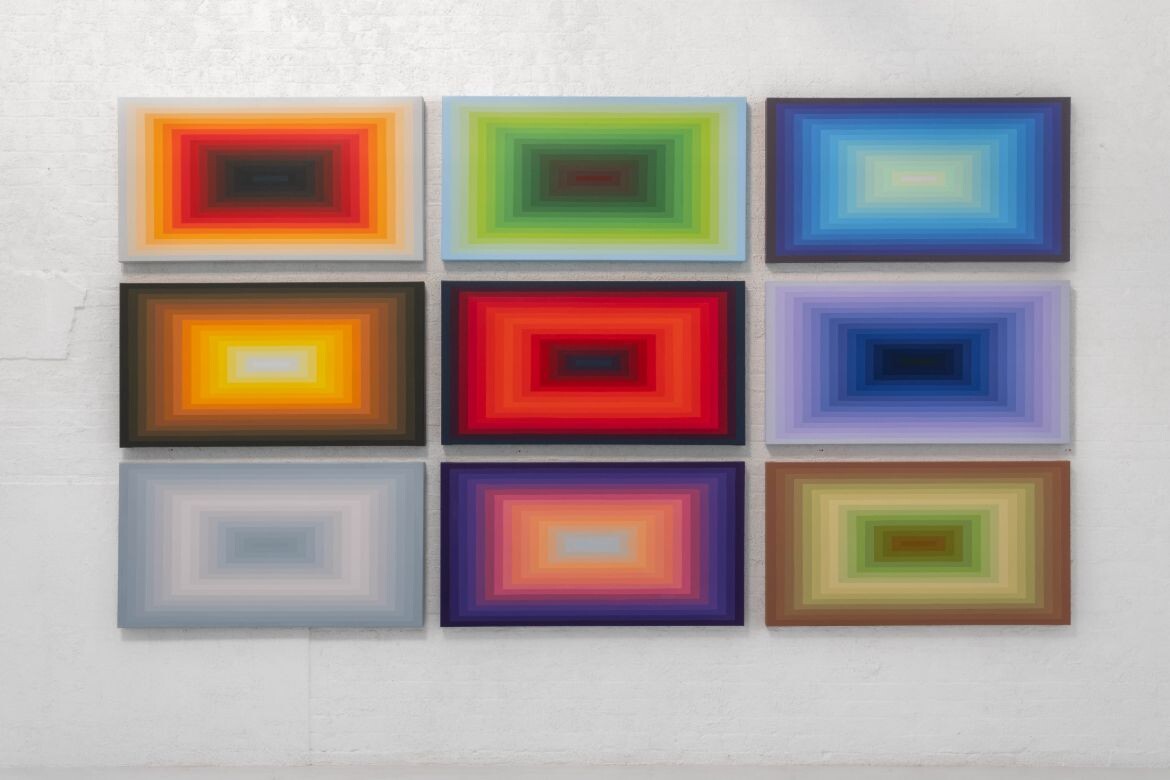
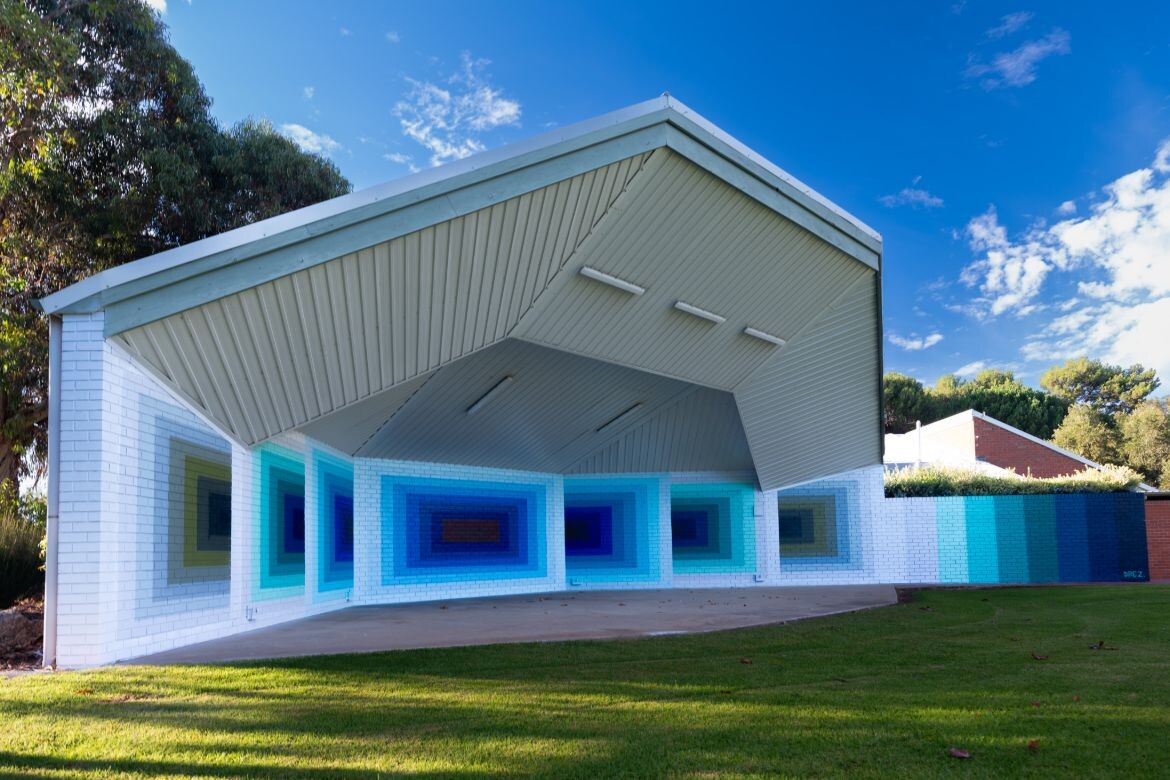
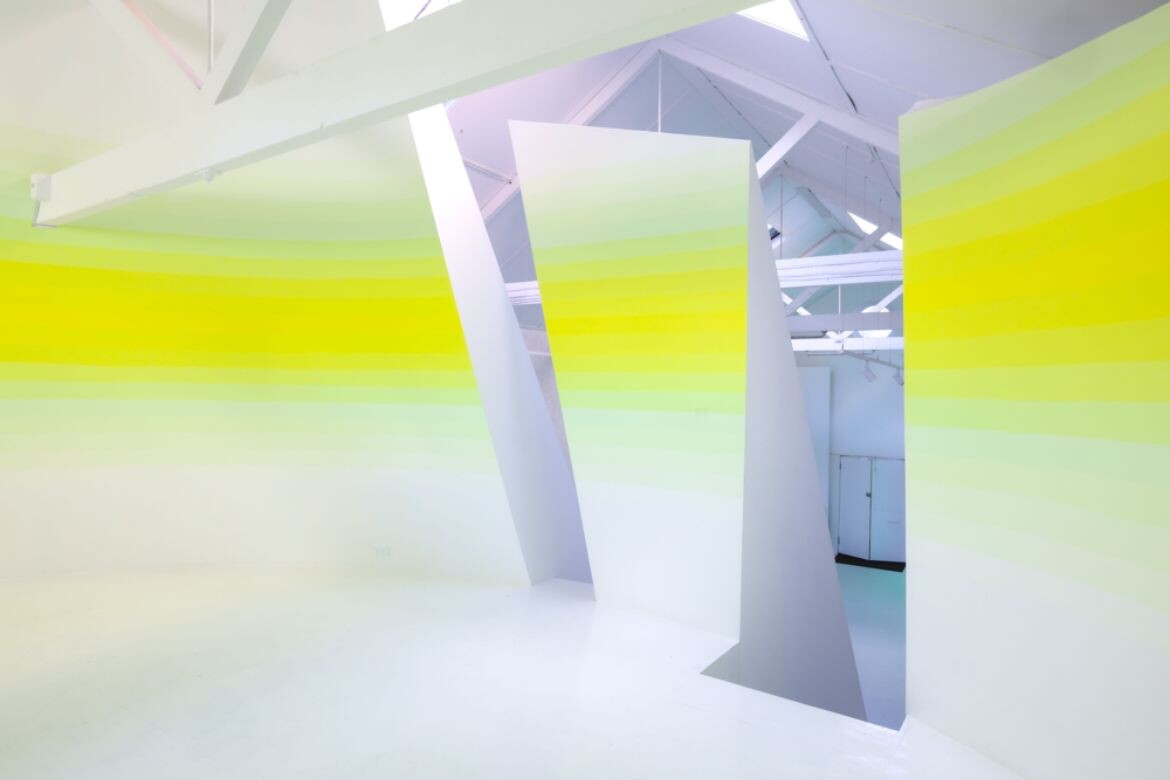
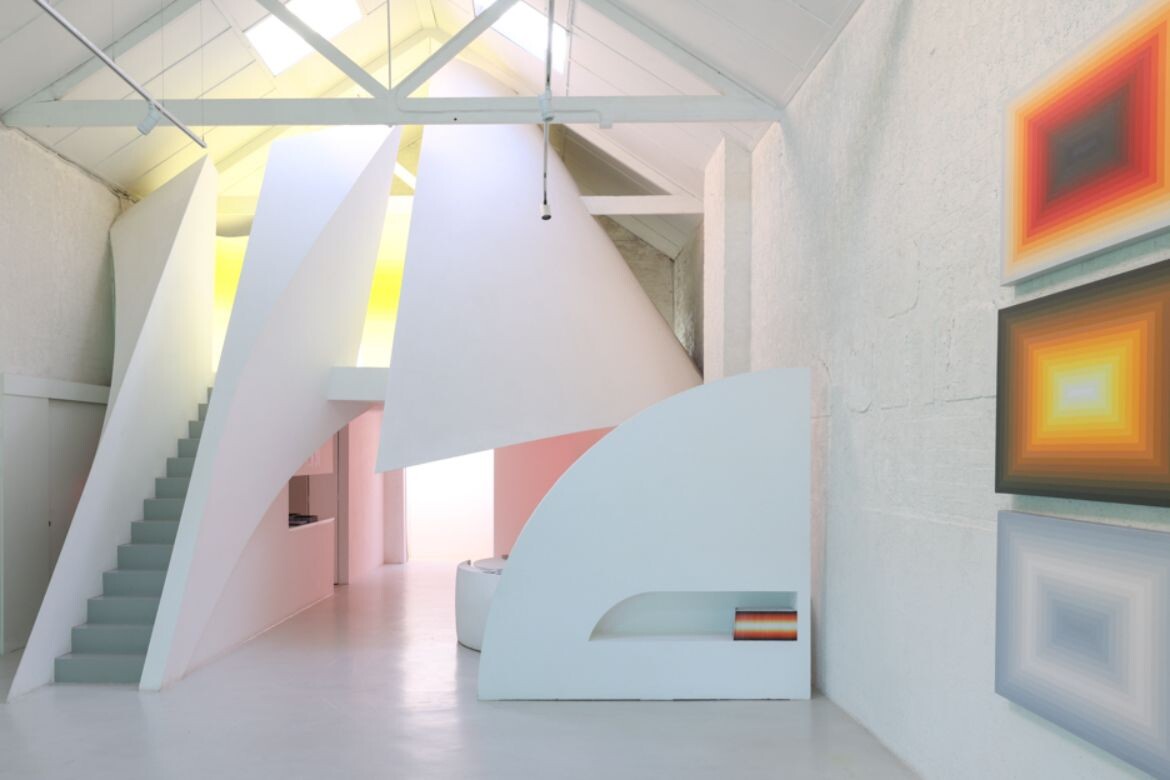
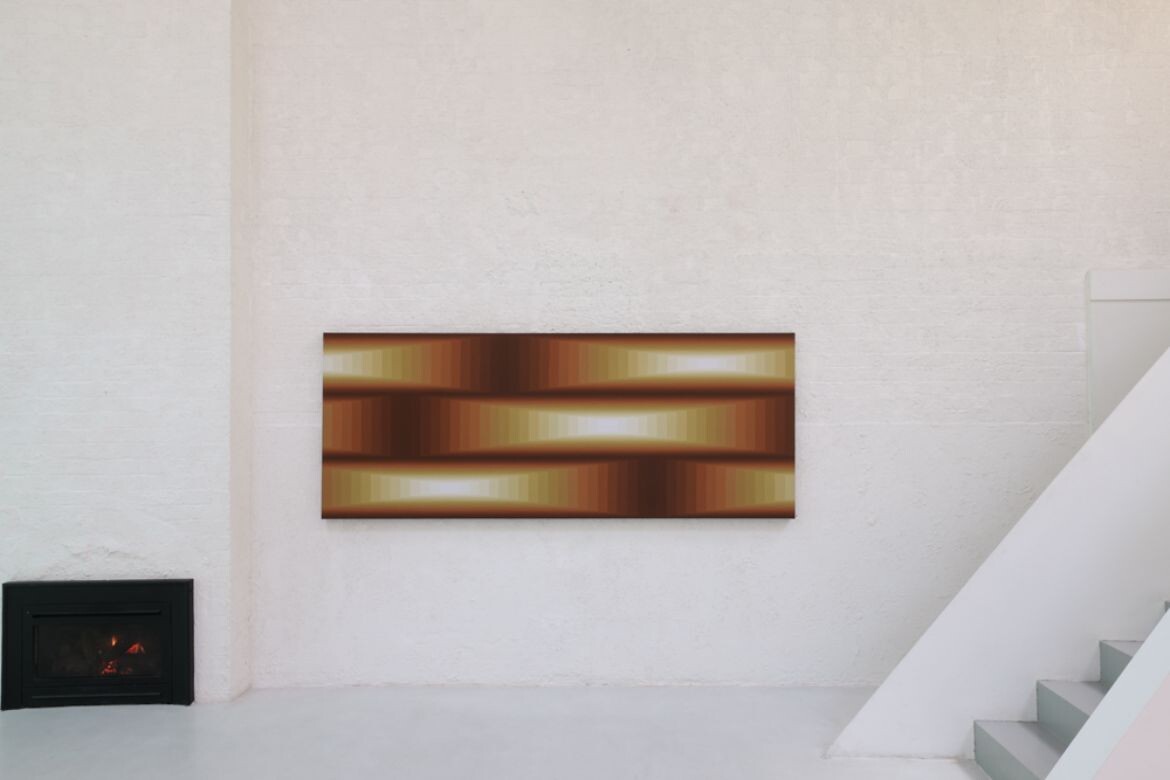
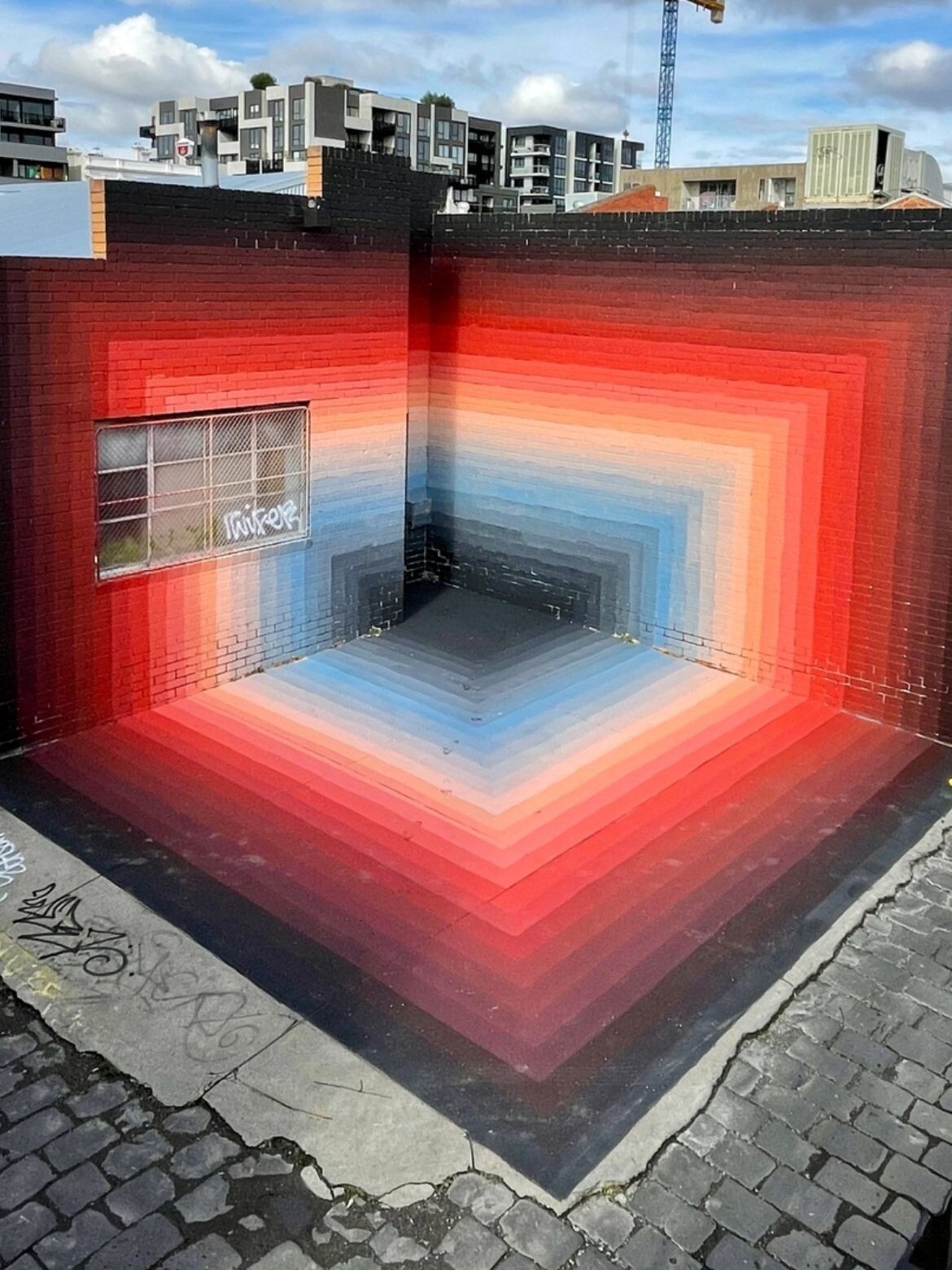
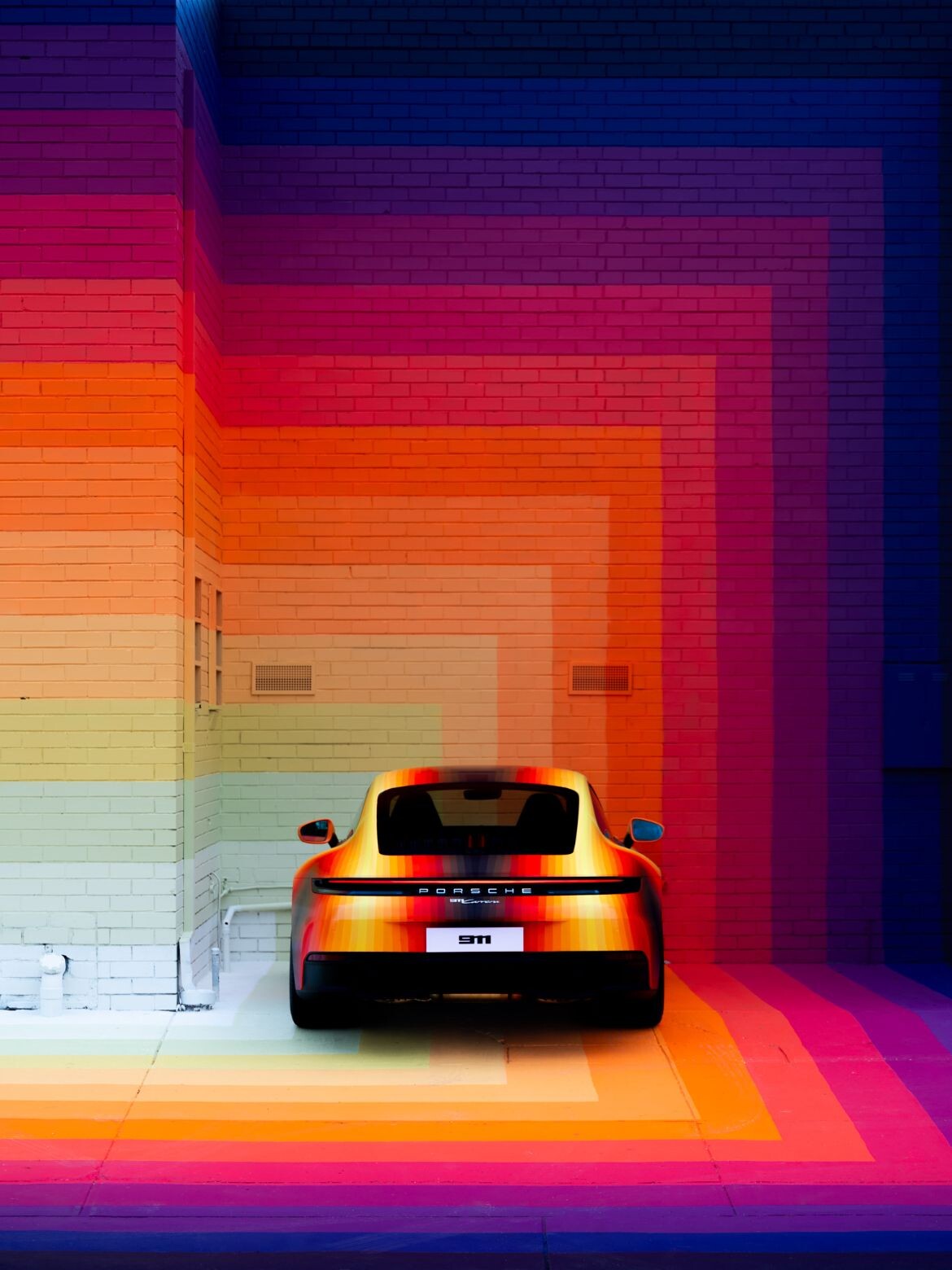
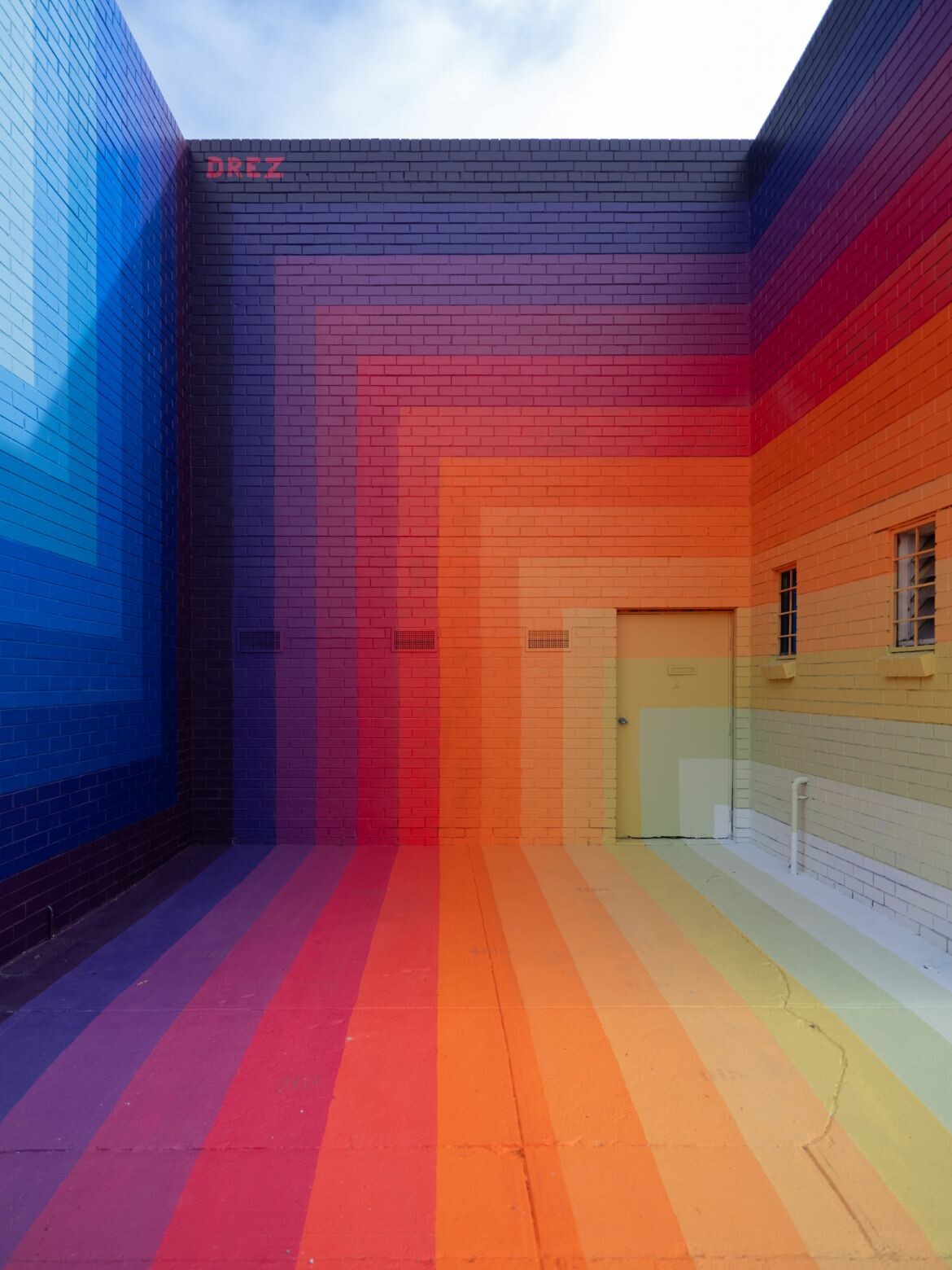
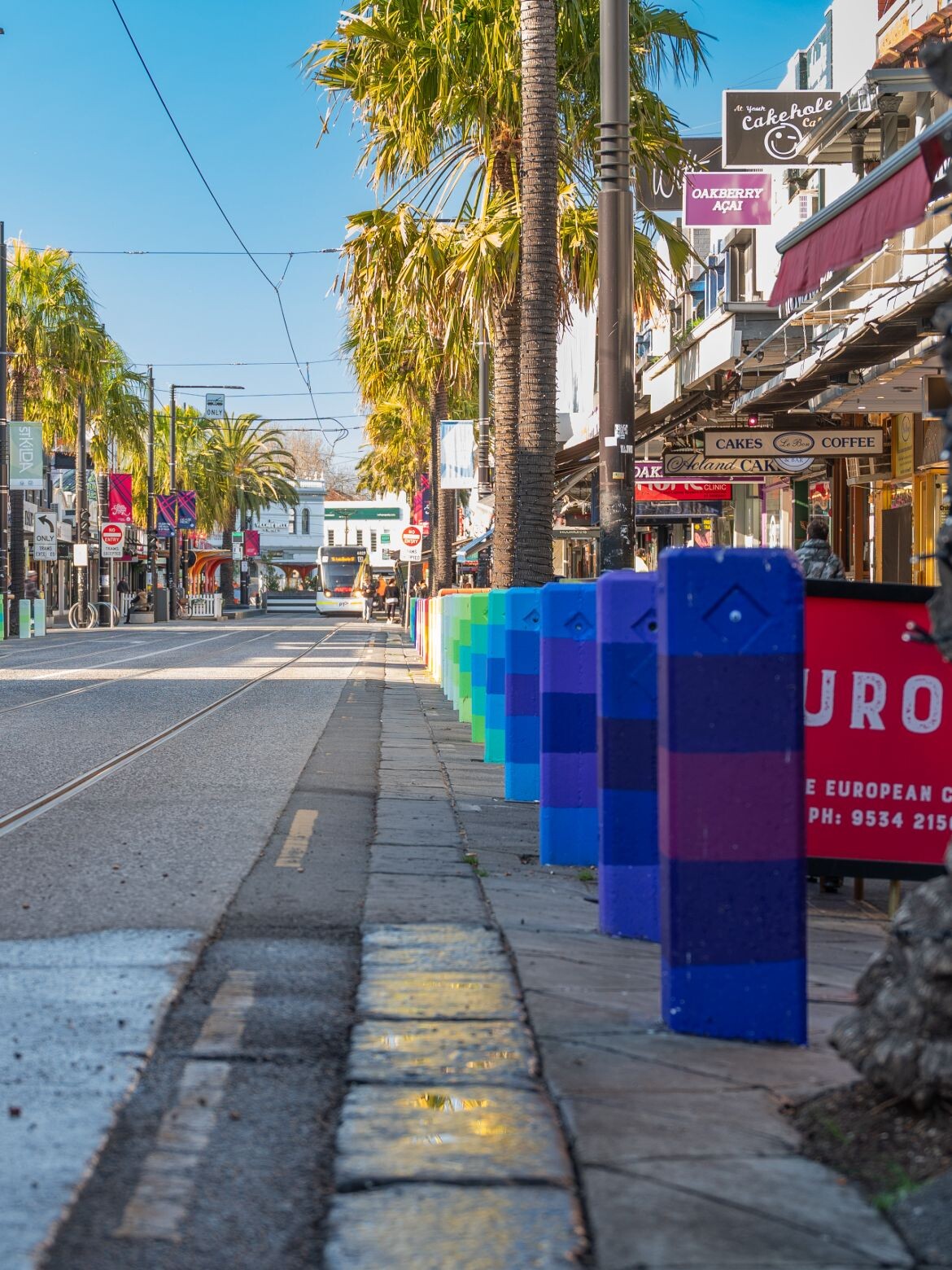
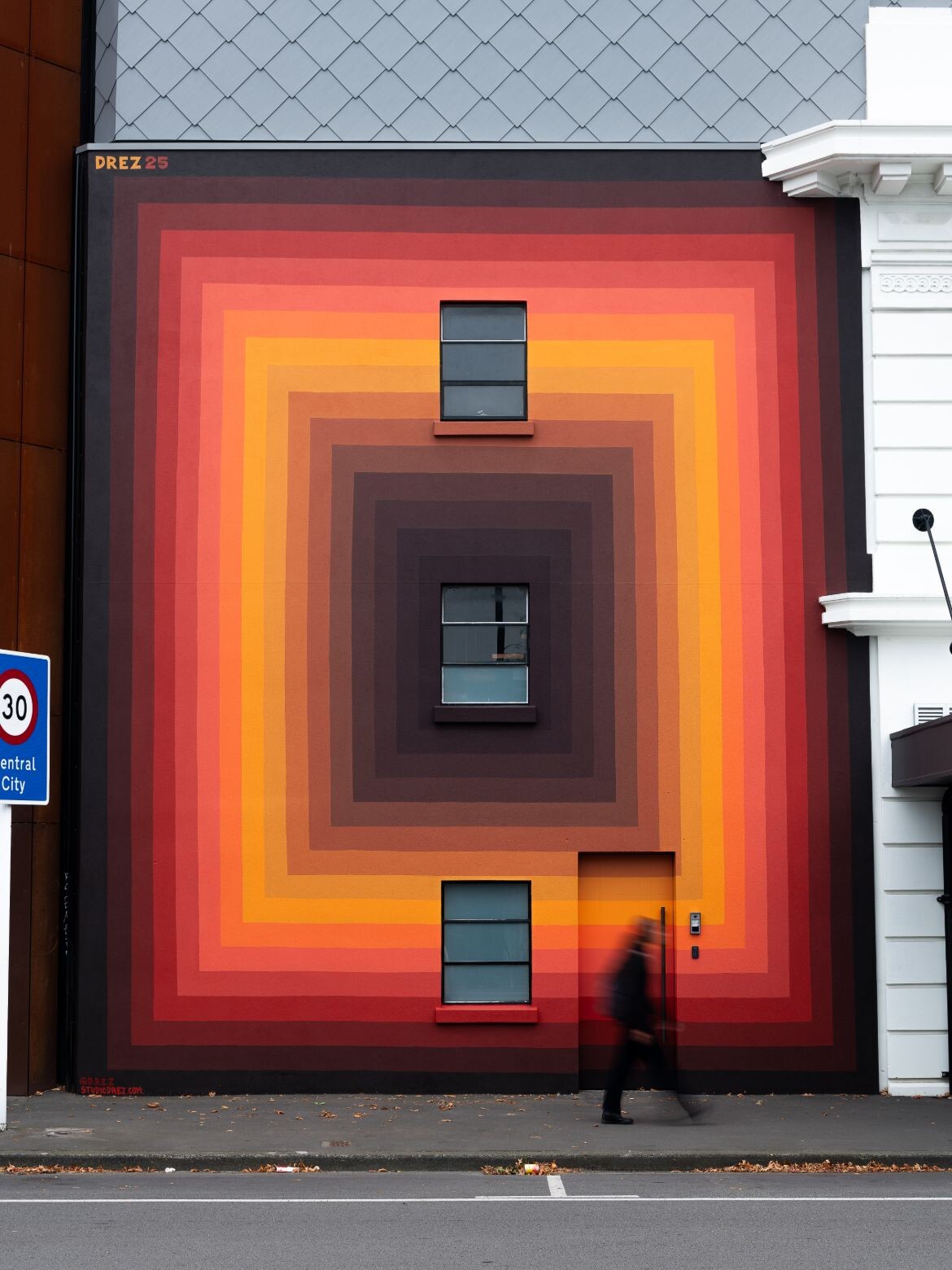
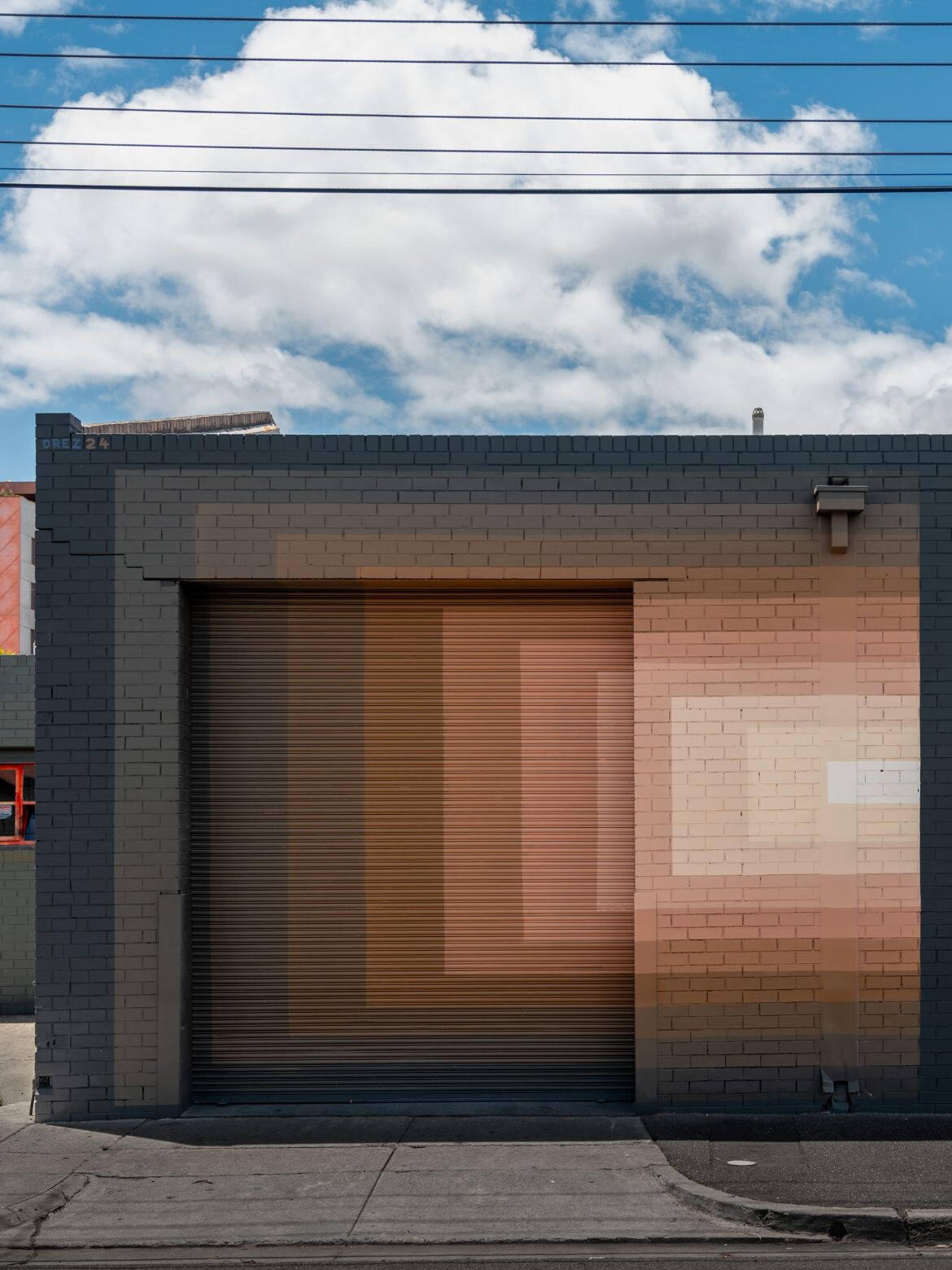
Next up: ‘Second Century Modernism’ is a new book by John Jennifer Marx
INDESIGN is on instagram
Follow @indesignlive
A searchable and comprehensive guide for specifying leading products and their suppliers
Keep up to date with the latest and greatest from our industry BFF's!
The new range features slabs with warm, earthy palettes that lend a sense of organic luxury to every space.

For Aidan Mawhinney, the secret ingredient to Living Edge’s success “comes down to people, product and place.” As the brand celebrates a significant 25-year milestone, it’s that commitment to authentic, sustainable design – and the people behind it all – that continues to anchor its legacy.
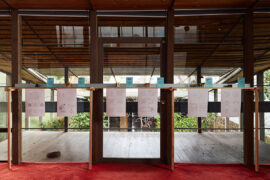
A recent exhibition at the Robin Boyd Foundation in Melbourne invited visitors to think deeply about sheds and what this under-appreciated building typology can teach us about construction and living today.
The internet never sleeps! Here's the stuff you might have missed
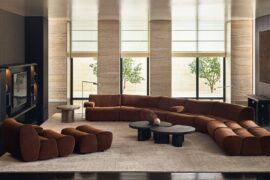
Poliform has mastered the art of seating that is both elegant and adaptable. These five designs highlight the balance between aesthetic impact and everyday ease.
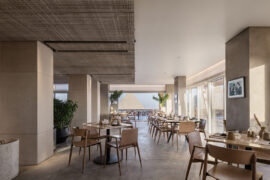
Pedrali’s Nemea collection, designed by Cazzaniga Mandelli Pagliarulo, marks 10 years of refined presence in hospitality and commercial spaces around the world. With its sculptural timber form and enduring versatility, Nemea proves that timeless design is never out of place.
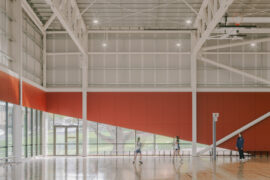
Joan Montgomery Centre PLC by Warren and Mahoney is a tour de force of education design, with high-end facilities including a swimming pool and general athletic amenities.
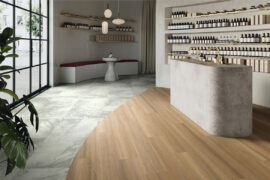
Karndean’s newly evolved Opus range brings versatility and durability to the forefront of commercial flooring. Blending design-led aesthetics with robust, high-performance functionality, it’s a go-to solution for spaces that demand both style and resilience.